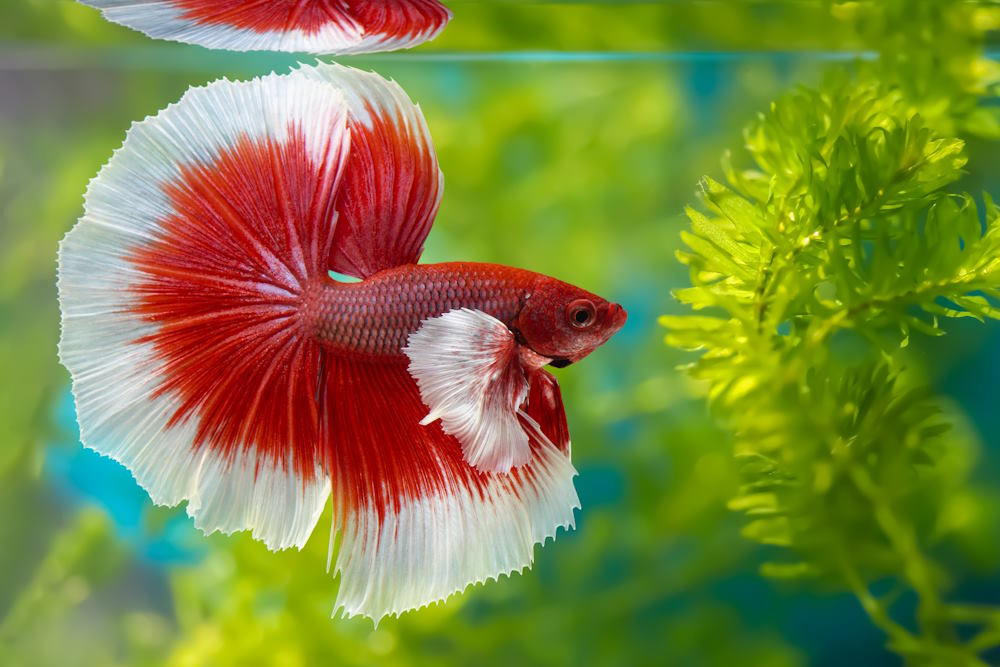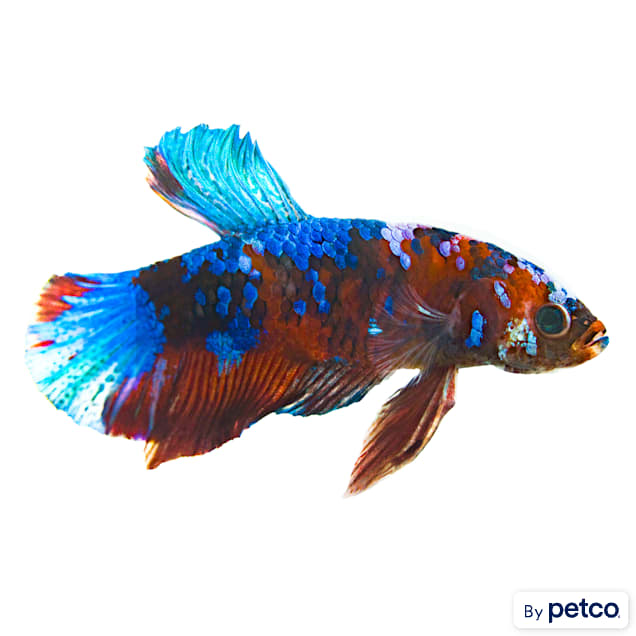Betta Fish Diet: What to Feed Your Betta for Optimum Health
Betta Fish Diet: What to Feed Your Betta for Optimum Health
Blog Article
How to Reproduce Betta Fish Successfully: Specialist Methods and Insights for Hobbyists Wanting To Expand Their Betta Collection
Reproducing Betta fish requires a nuanced understanding of genes and ecological problems, making it important for enthusiasts to come close to the procedure with both diligence and treatment. Producing an optimal reproduction atmosphere, choosing the ideal pairs, and observing the ins and outs of their courtship actions are fundamental steps that can substantially impact the result.
Comprehending Betta Fish Genes
Comprehending the genetics of Betta fish is important for successful breeding, as it affects qualities such as color, fin shape, and actions. Betta fish display a diverse range of colors and patterns, greatly figured out by their hereditary makeup.
Along with pigmentation, fin morphology is one more significant aspect of Betta genes (betta fish). The sizes and shape of fins are influenced by numerous genes, consisting of those that establish whether the fins are short, long, or veil-shaped. Understanding these hereditary variations aids dog breeders predict the phenotypic end results of their children
Moreover, behavior characteristics such as aggressiveness and territoriality can likewise be influenced by genes. These behaviors play a vital duty in the breeding procedure, as they can impact spawning success and the general temperament of the resulting fry. By adequately understanding these hereditary principles, breeders can make educated decisions, inevitably enhancing their reproduction programs and achieving preferable results.
Preparing the Breeding Setting
Producing an optimal reproduction environment is essential for the successful recreation of Betta fish. The first step in preparing this setting is to choose an appropriate breeding container, ideally varying from 5 to 10 gallons. This size enables for enough swimming area and the facility of areas. The tank ought to be outfitted with a heater to keep a stable temperature level between 78 ° F and 80 ° F, which is critical for motivating generating behavior.
Following, take into consideration making use of a sponge filter or an air stone to supply mild water flow without developing strong currents that can worry the fish. It is vital to install plants or breeding cones to use concealing places and advertise comfort for the woman throughout the spawning procedure. Floating plants, such as Java moss or water sprite, can likewise create a much more native environment while assisting in bubble nest building by the male.
Before presenting the reproducing pairs, guarantee the water is conditioned and devoid of harmful chemicals, such as chlorine or heavy metals. betta fish. Normal water changes need to be conducted to maintain optimal water high quality, boosting the opportunities of effective breeding. With these prep work in location, the breeding environment will sustain the wellness and health of both Betta fish
Picking Breeding Pairs
Selecting the right reproduction sets is critical for attaining effective Betta fish reproduction. When choosing your reproduction Web Site pairs, consider numerous crucial aspects including wellness, personality, and genetics. Healthy and balanced Betta fish show dynamic colors, clear eyes, and energetic habits. Selecting fish that are without condition guarantees a better opportunity of creating viable children.
Temperament is an additional essential factor to consider, as Betta fish are understood for their hostile nature. It is a good idea to pick a male and lady that display suitable characters to decrease tension throughout the breeding procedure. A calm male can urge a smoother courtship, while a female that is also aggressive may interfere with the process.
Genetic history also plays a considerable duty in the top quality of the children. Reproducing fish that are genetically diverse can lower the threat of genetic health problems and improve the overall vitality of the fry. It is advantageous to look into the family tree of both the male and woman, focusing on preferable characteristics such as fin type, shade patterns, and dimension.
The Breeding Process
The breeding procedure of Betta fish requires cautious planning and interest to information to ensure a successful outcome. At first, it is crucial to prepare an appropriate reproduction storage tank, ideally a 5-10 gallon fish tank with a temperature level preserved at 78-80 ° F. The container should be outfitted with a heating system, filter (ideally sponge kind to avoid strong currents), and a lot of aquatic plants for the female to hide.
As soon as the atmosphere is set, look what i found introduce the chosen breeding pair to the storage tank, allowing them to accustom. Observe their habits; the male will display intricate courtship routines, consisting of flaring his fins and constructing a bubble nest. If the female shows rate of interest, she will show vertical stripes suggesting readiness for spawning.
When the woman is responsive, the pair will certainly involve in a breeding welcome, during which the male fertilizes the eggs. Keeping ideal water conditions during this period is crucial for the growth of healthy and balanced Betta fry.
Caring for Betta Fry

Feeding Betta fry is crucial, as they need a diet regimen high in protein. Originally, they can be fed infusoria or fluid fry food, transitioning to carefully crushed top quality pellets as they expand. Feed little parts multiple times a day to encourage healthy and balanced development without overwhelming the tank with leftover food.

As they mature, monitor their development very closely and separate any kind of hostile people to stop injury. By providing a nurturing setting and appropriate nourishment, hobbyists can effectively increase Betta fry right into lively, healthy fish, ultimately improving their reproduction ventures.
Final Thought
Effective Betta fish reproduction calls for precise focus to hereditary option, ecological conditions, and look after the fry. By comprehending the genes of Betta fish and preparing an appropriate breeding setting, hobbyists can boost the possibilities of generating lively, healthy and balanced spawn. Selecting compatible breeding pairs and very closely keeping an eye on the courtship and spawning processes are essential. Finally, giving optimum take care of the fry look at this web-site guarantees their healthy and balanced advancement, adding to a thriving Betta collection.
Report this page